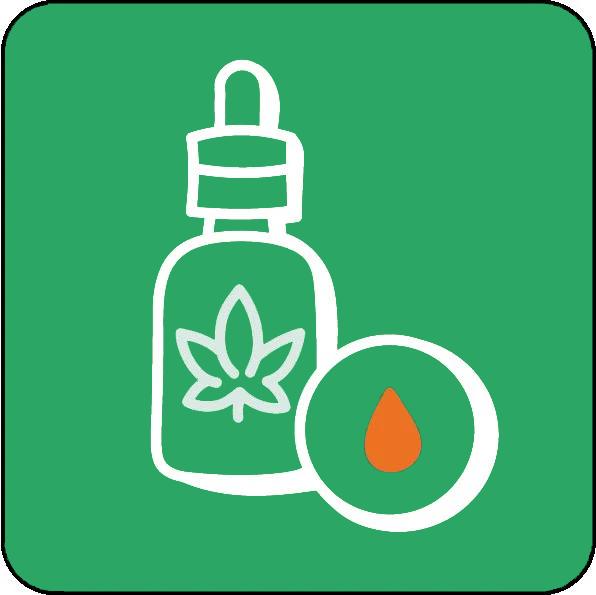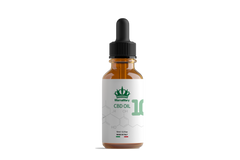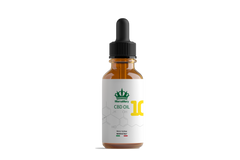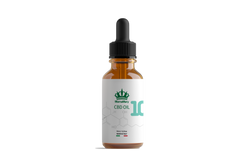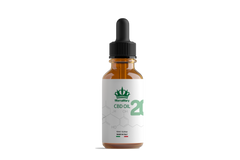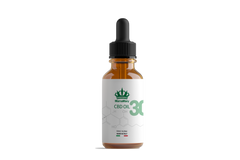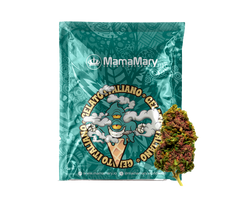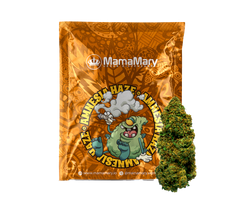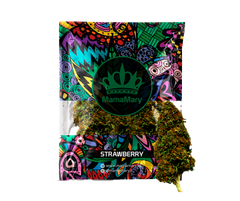Mice with pancreatic cancer treated with a combination of cannabidiol (CBD) and chemotherapy survived nearly three times longer than those treated with chemotherapy alone, according to a new study that highlights its potential for human therapy.

CBD , the non-psychoactive (non-intoxicating) compound in marijuana, has already been shown to help with chemotherapy side effects, such as nausea and vomiting. The latest findings provide further justification for testing it in humans, building on previous animal research that found the compound’s possible anti-cancer properties.
“Cannabidiol has already been approved for use in clinics [e.g. the UK], which means we can quickly move to testing in human clinical trials,” said lead researcher Marco Falasca of Queen Mary University of London , who is also of Italian origin.
While human trials involving CBD as a cancer treatment may move faster in the UK, similar efforts may face hurdles in the US, where marijuana-derived CBD is still considered an illegal substance under federal law. However, progress is being made, with the US FDA approving the first CBD-based drug to treat severe forms of epilepsy in June this year.
Pancreatic cancer is among the deadliest cancers in the world, in terms of overall survival rates. According to the American Cancer Society , for all stages of pancreatic cancer combined, the one-year relative survival rate is 20%, but the five-year rate is just under 7%. It is the 12th most common cancer globally, with the highest incidence in developed countries.
“The life expectancy of patients with pancreatic cancer has barely changed in the last 40 years, because there are very few treatments available, often only palliative,” Dr. Falasca added in a press conference. “Given that the five-year survival rate for people with pancreatic cancer is less than 7%, there is an urgent need to discover new treatments and therapeutic strategies.”

While the study has not yet been replicated in humans, the findings underscore the importance of continued research involving marijuana compounds. Since the legalization movement began to gain momentum, several studies have linked the compounds to a variety of promising outcomes, from helping with migraine symptoms to improving stroke recovery to decreasing the severity of epileptic seizures , among other things.
The more we learn about the potential of these compounds, the clearer it becomes that decades of research blocked by federal regulations have robbed us of medical breakthroughs that are only now beginning to appear.
The study was published in the journal Oncogene .





